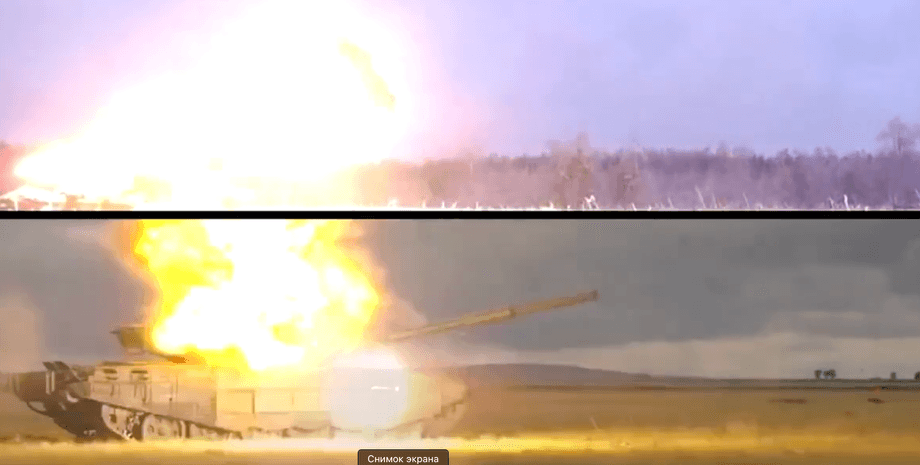
 By Victor Duda
By Victor Duda
According to the expert, despite decades of development and numerous demonstrations, the system is still not ready for full implementation. The key issues concern the operation of the radar unit, which is unable to reliably detect inconspicuous targets — in particular, small UAVs made with plastic that is difficult to detect by radars. Murakhovsky noted that at the current level of development of Russian radar technologies, these possibilities have not been achieved.
He emphasized that the radar's inability to separate air objects from ground obstacles at short distances makes the system vulnerable to modern threats, especially from FPV drones, which are actively used in the combat zone in Ukraine. The Arena-M system was created as an automatic defense complex designed to detect and intercept anti-tank ammunition, missiles and drones a fraction of a second before impact.
However, according to the expert, signal processing and target prioritization algorithms still do not cope with slow-moving objects with an extremely small radar signature. In addition, the techniques used in classic air defense systems—including Doppler detection and indication of moving targets—are ineffective against low-speed FPV drones, especially those operating at extremely low altitudes. And algorithmic solutions in this field have not yet been created.
"Murakhovsky's assessment suggests that the Russian defense industry is facing increasing pressure from the acceleration of drone warfare. Modern warfare requires fast, automated means of active protection, not just heavier armor. If these gaps persist, armored units may still suffer high casualties in an environment where cheap drones can reliably hit transport vehicles. means from different sides," observers emphasized.


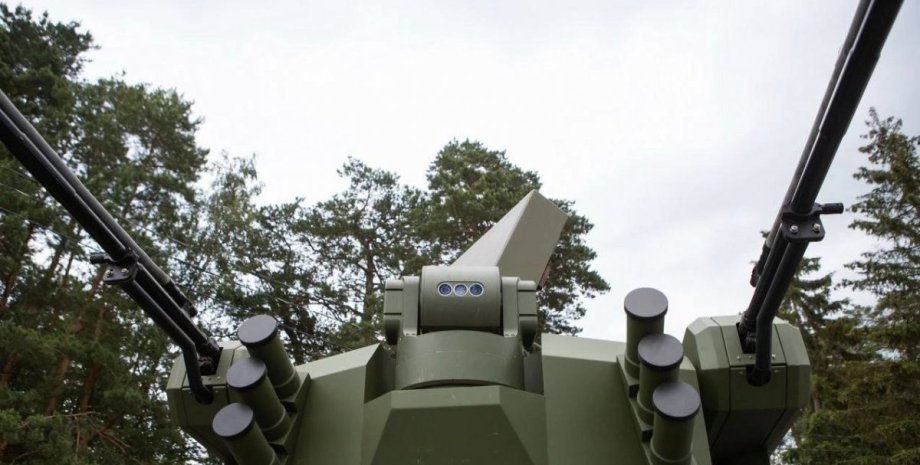
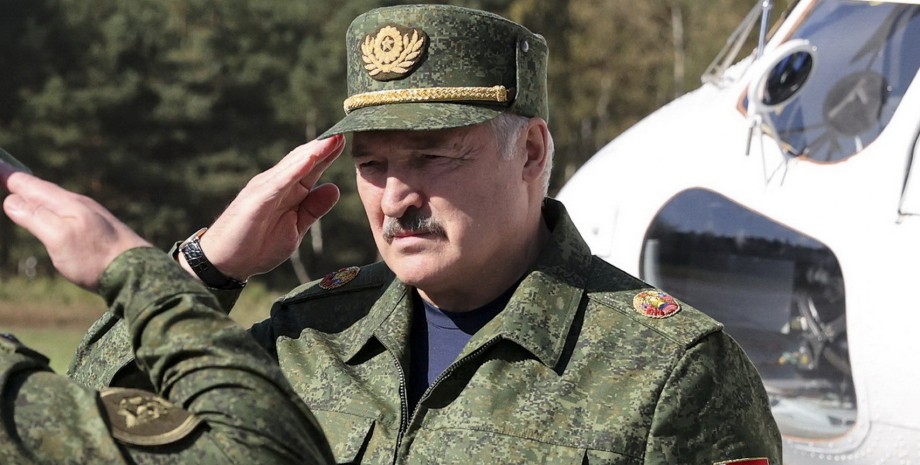


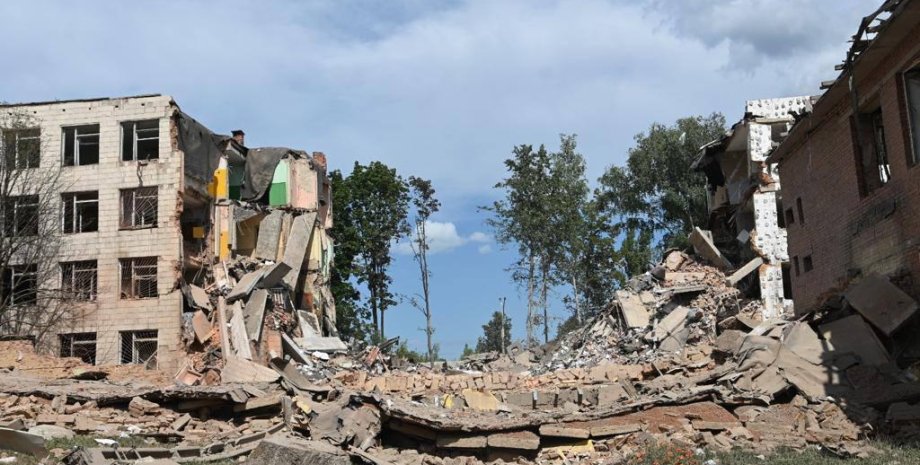
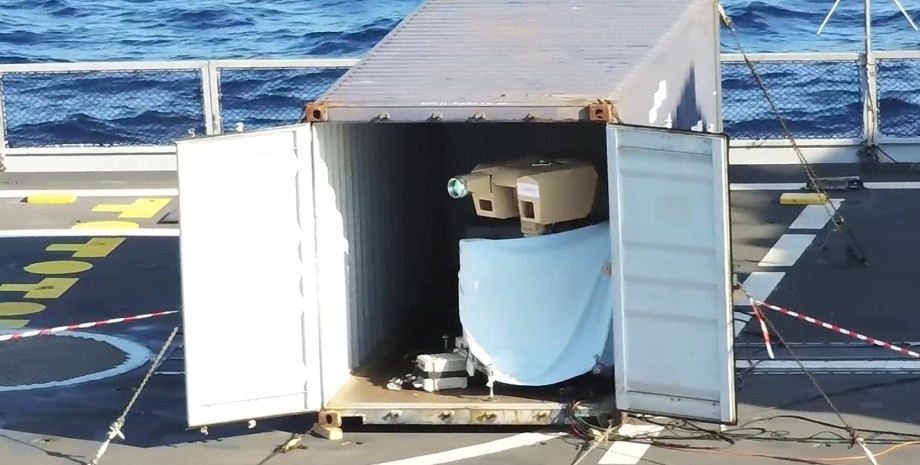

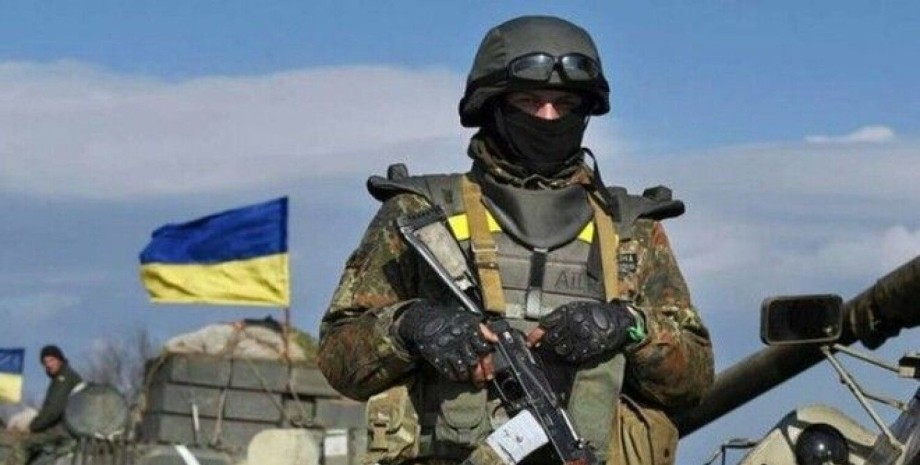
All rights reserved IN-Ukraine.info - 2022